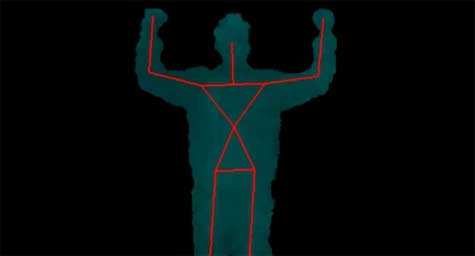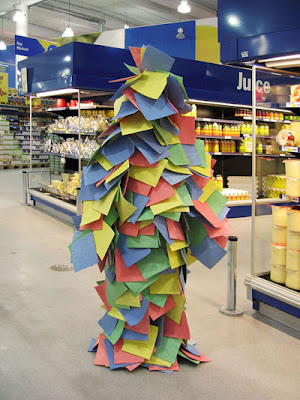Seth Godin recently wrote about the end of newsprint, and how he frankly didn’t care. I think he’s correct about some aspects of journalism, but to talk about newspapers without talking about actual physical newspapers is crazy.
What will we miss?
All the second-order effects. We’ll miss the daily conversation with the guy on the newstand. We’ll miss the cuttings that our parents and grandparents send us in the post. We’ll miss seeing other articles in our peripheral vision as we read – complete articles with photographs and boxouts, not just headlines – as opposed to the ads that surround the online edition. We’ll miss scrawling notes in the margin. We’ll miss leaving them lying around the flat for our flatmates to read. We’ll not have anything to wipe our shoes on.
I say this as someone who’s happy reading from a computer screen, if not from an e-reader. The second-order effects of newspaper journalism being transmitted in physical newspapers are just as compelling a reason for their existence as the intended outcome.
This reminded me of something else that’s been on my mind, relating to another newspaper; this time, one my friends made.
Russell and Ben’s lovely paper is receiving a slowly escalating amount of attention. I’m glad, because it’s really good, and because there’s a (passable) piece of writing by me and lots of (very good) writing by many of my friends in there.
But I’m curious – and perhaps a bit concerned – as to what others might take away from it.
The most important thing about this isn’t “hey, they printed stuff off the internet“. The most important stuff is all the craft, all the second-order effects it has; the details Ben writes about in his excellent post on designing and making the thing; the tangibility it gives to work we’ve done that our non-technical friends (and especially relatives) might never see; the ease of distribution amongst small, hand-to-hand circles it affords; the way you design for (small) mass production rather than one-offs; the reminder that small-scale print is affordable and doable.
Let’s not forget the importance of the immediate first-order effect: this is a beautiful thing, lovely to hold, great to read, fun to show others. In and of itself, it’s delightful (in every sense of the word).
Russell and Ben are, I think, somewhat correct in their closing comment, that “2009 feels like a year for printing and making real stuff in the real world. Its going to be exciting“, but that’s something to consider with caution: making real stuff, printing real things alone, isn’t going to be enough; you’ve got to have the thought, the details, the affordance of second-order effects as well.
I’m excited, for many reasons, as to what 2009 might hold; I hope there’ll be, for me at least, a sizeable amount of making spread across all manner of media – words, things, screens. And, especially, the things that can’t make up their mind which they are. I’m not fussy, and I still think there are lots of interesting problems on screens to solve.
Whatever I’m doing, though, I’m going to try and remember that it’s not just about the idea, not just about the hey-look-a-thing-ness of it all; it’s about the execution, and the detail, and the thought – and embodying that thought in the final product.
To go back to Seth Godin: that’s what newspapers, real, physical, printed newspapers always did. They had affordance out their earholes, and that’s what we loved them for.
I think I’ve found my (slightly corrupted) mantra for 2009:
think twice, cut once.

